1,578 days, 2,409 entries ...
Newsticker, link list, time machine: HOLO.mg/stream logs emerging trajectories in art, science, technology, and culture––every day
March 2021
“These are the Maiara, flying witches commemorated in local mythology on Alicudi, a remote Italian island historically afflicted with ergot-poisoned rye crops that, when milled and made into bread, dosed the entire starving and impoverished local populace with LSD.”
Turner Prize-winning artist Tai Shani’s first online artwork, The Neon Hieroglyph, premieres as part of Manchester International Festival’s Virtual Factory series. Drawing on her research into ergot, a grain fungus from which LSD is derived, Shani composed nine episodic films that explore psychedelics as a catalyst for change in what the curators describe as “a dreamlike CGI journey that takes us from the cellular to the galactic, from the forests to the subterranean, from the real to the almost unimaginable.”

“Everything—capitalism, the economy, politics, the internet, supply chains—has become a terrifying, complicated mess that we can’t understand. But we can understand a ship blocking a canal.”
Catherine Mason
A Computer in the Art Room
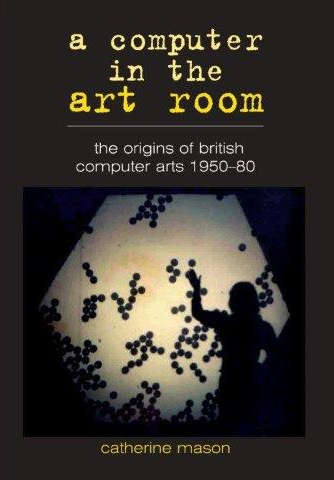
“I’ve spent a lifetime wondering why the Amiga ‘Insert Workbench’ boot image looked kinda wonky,” confides Panic Inc. co-founder Cabel Sasser on Twitter. ”I always assumed it was hand-drawn pixel art.” It turns out it’s vector art. A surprised Sasser reveals that just 412 bytes of vector drawing instructions were needed to render the iconic (Sheryl Knowles-created) hand-held floppy disk. “Incredible!” Meanwhile, media artist Golan Levin verified the 1985 vector data with a “quick-and-dirty” Processing sketch.

“Technologies aren’t for anything. They emerge and are socially constructed as a mix of opportunity, problem-solving and chance, not some inevitable building block in the myth of progress.”
Opening at Galerie Anita Beckers in Frankfurt, Germany, Daniel Canogar’s solo show “Latencies” explores a world of transient, fleeting memories, shifting media and continuously increasing data streams. Next to signature works from the artist’s Small Data and Echo Series, the show features five pieces from the new Latencies Series (image: Monocle), for which Canogar mapped discarded parts like lenses, heat sinks, and shredded aluminium onto animated screens.
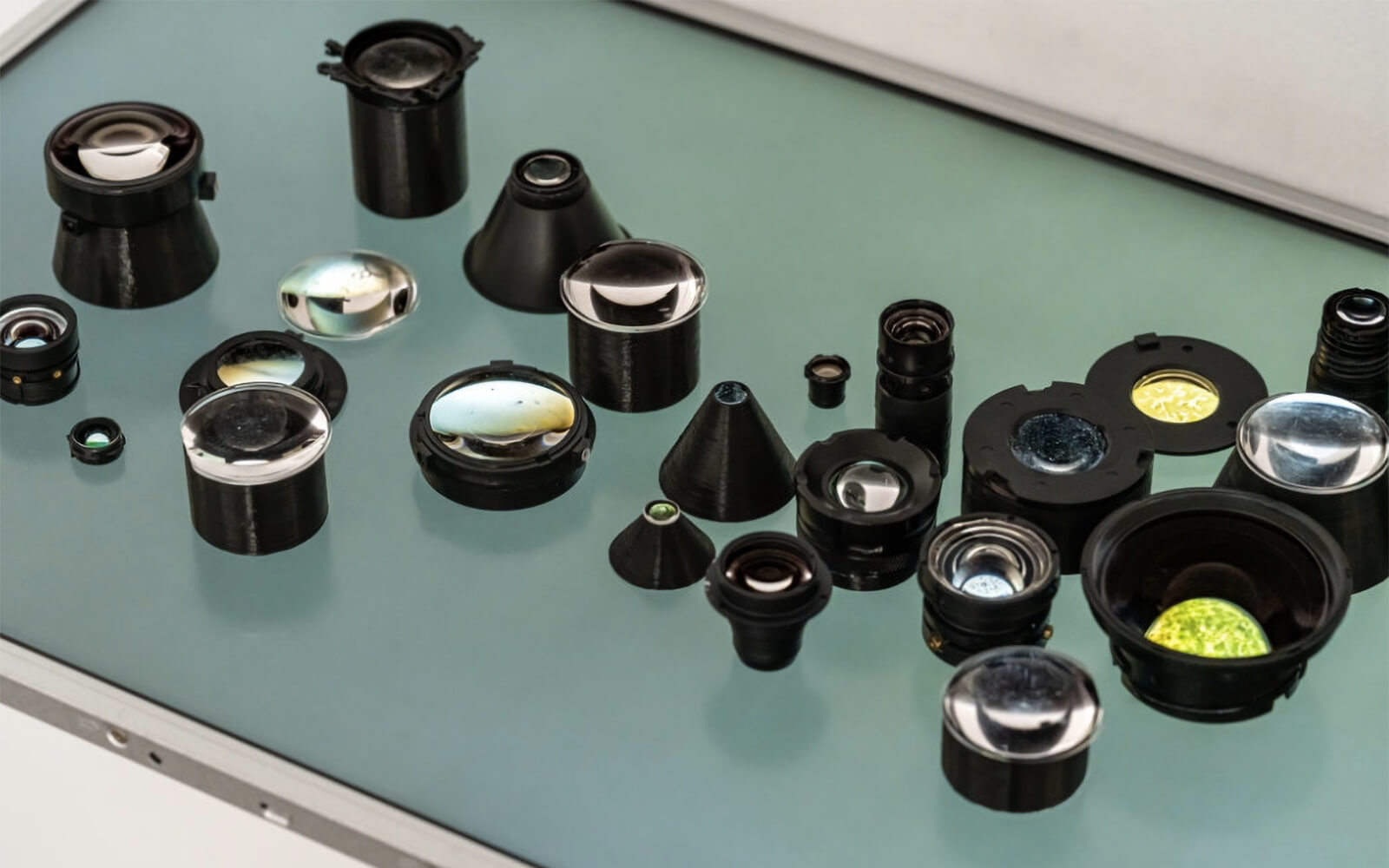
“The ‘softwalk’ has long been the artist’s designation for the way avatars in 1990s simulation games traverse their fictional universe: an even, smooth step, unperturbed by the specificities of the environments they cross.”
Stages #9
The Next Biennial Should be Curated by a Machine
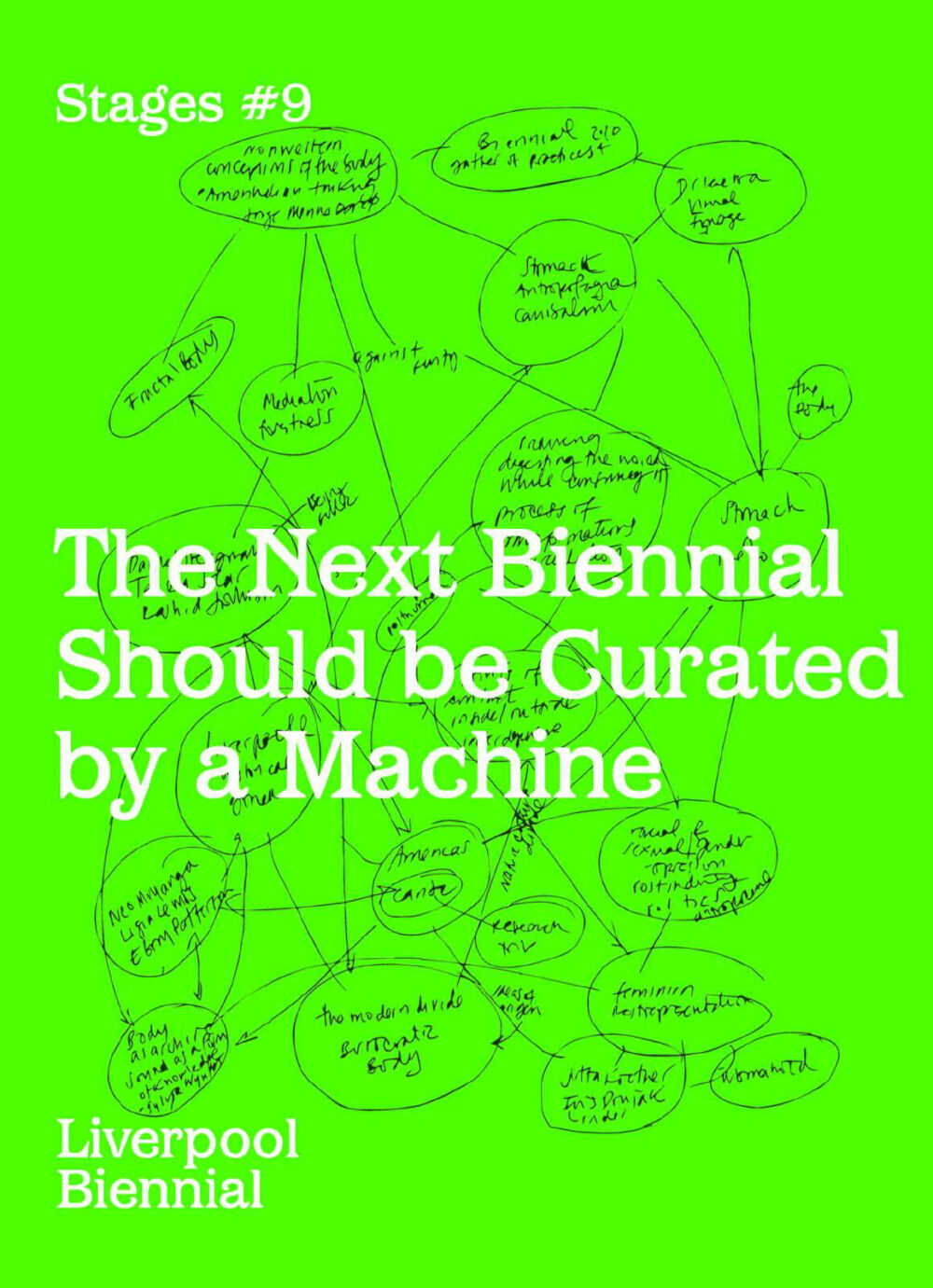
Gerhard Mantz
(1950–2021)

“How many people do you need to put together a Manhattan Project? The relevant question is: how large of a population do you need to draw from in order to recruit enough scientists to staff such an effort?”
Indigenous computational media artist Jon M. R. Corbett is the subject of a fascinating interview with Daniel Temkin at Esoteric.Codes. Corbett delves into the syntax and epistomology underpinning his Cree#, Ancestral Code, and Wisakecak coding languages, which all circumvent the eurocentric (and latin alphabet) origins of “not just programming, but computing technologies in general.” His ambitious extending beyond software, he also speaks to his alt-keyboard design—based on the Cree Star Chart (image).
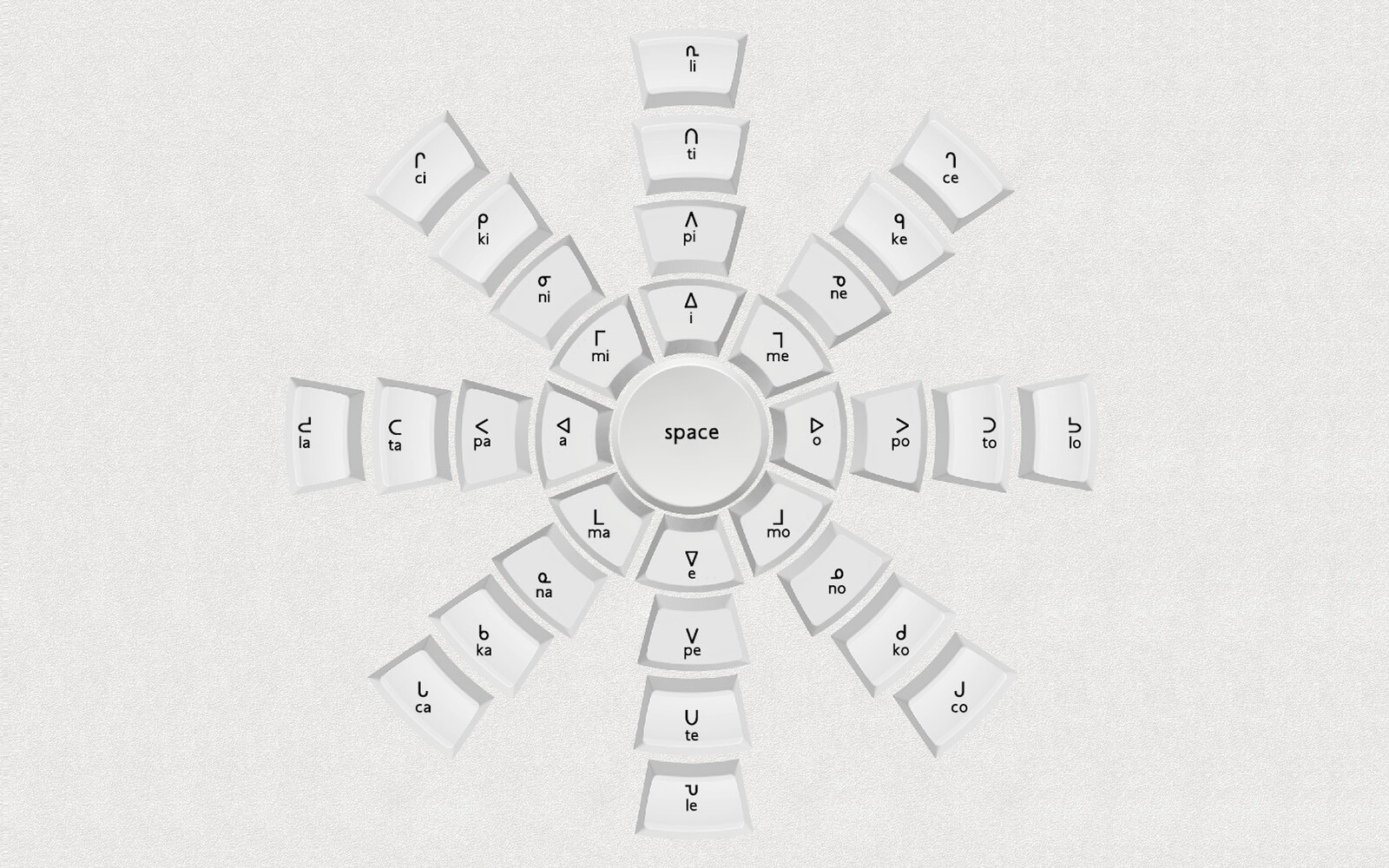
“Flare gas could just as well power carbon capture machines, water desalination plants, or data centres that support more widely used applications. There’s a social value in those things that I don’t see for Bitcoin.”
Commissioned for transmediale’s “For Refusal” program, !Mediengruppe Bitnik releases Refuse to be Human, a web extension that changes your browser settings to that of a Yandex bot. Like Google, Russia’s primary search engine Yandex uses web crawlers to index online content. “Surfing as a bot gives you access to the grey web,” write the Bitniks, “a layer of content only visible to bots.” Image: RYBN’s Double Negative Captchas (2020)—the bot test that directly inspired Bitnik’s work.
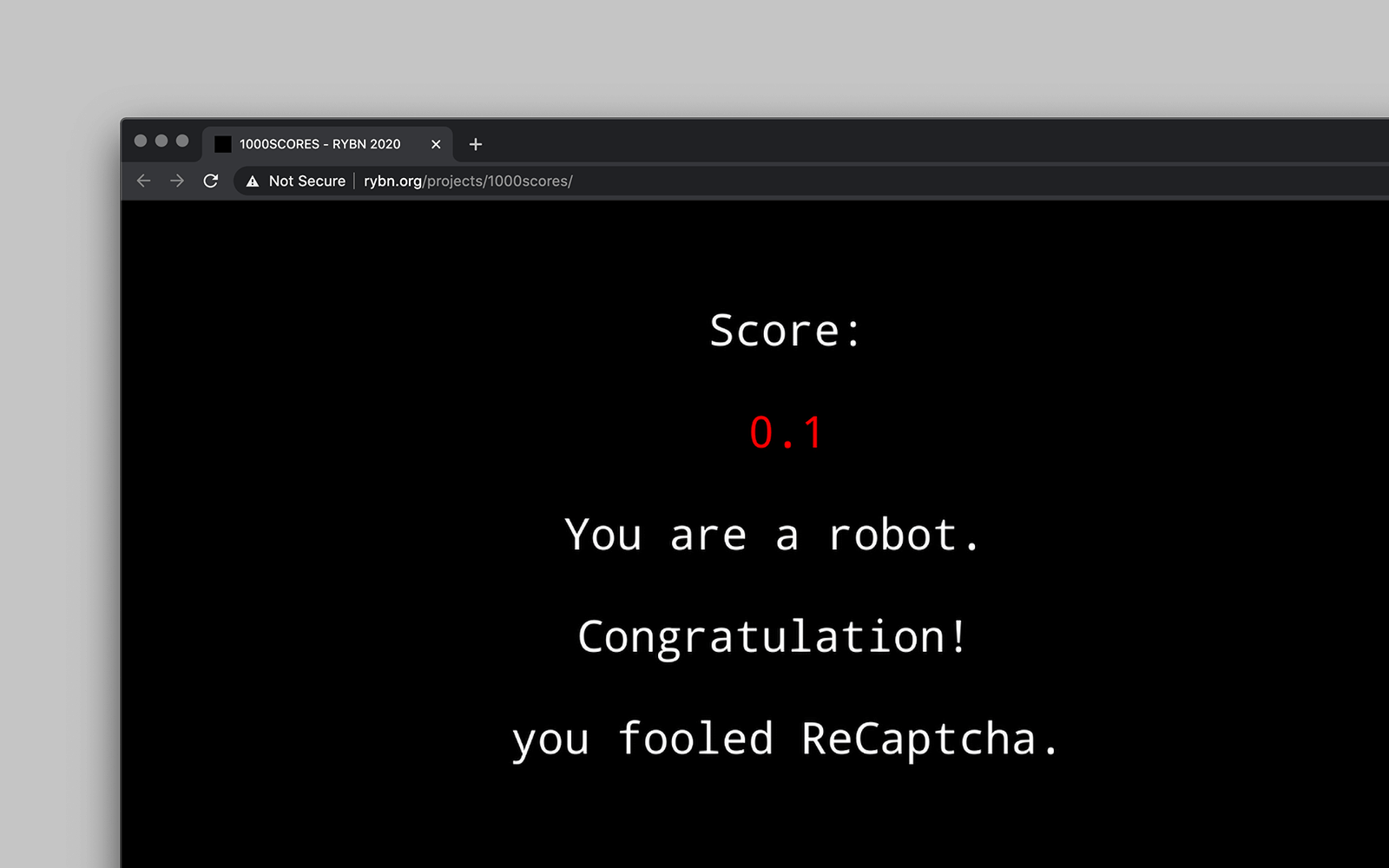
“Arcane financial maneuvers, only nominally attached to physical objects, regularly achieve a level of dematerialized abstraction to which most conceptual art only aspires: the transubstantiation of nothing into something.”

“Sites like these are where online shopping leaves its physical footprint—where capital, battling over space, inscribes itself in the landscape.”
Jean-Pierre Hébert
(1939-2021)

Daily discoveries at the nexus of art, science, technology, and culture: Get full access by becoming a HOLO Reader!
- Perspective: research, long-form analysis, and critical commentary
- Encounters: in-depth artist profiles and studio visits of pioneers and key innovators
- Stream: a timeline and news archive with 1,200+ entries and counting
- Edition: HOLO’s annual collector’s edition that captures the calendar year in print
